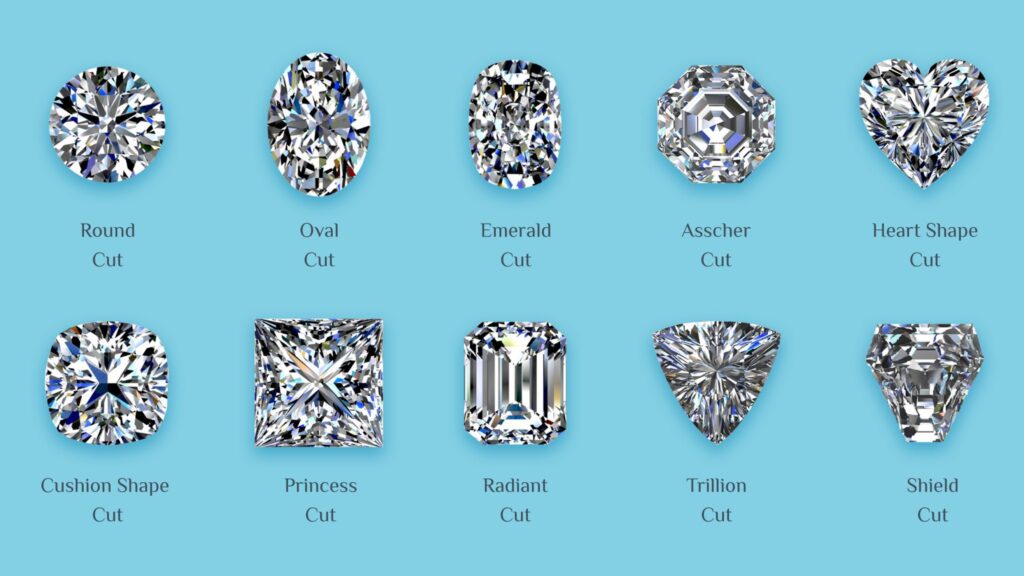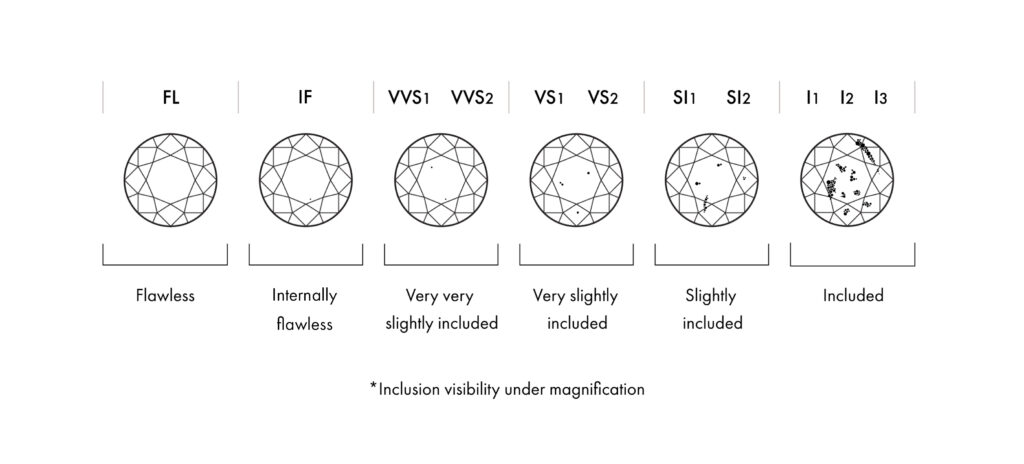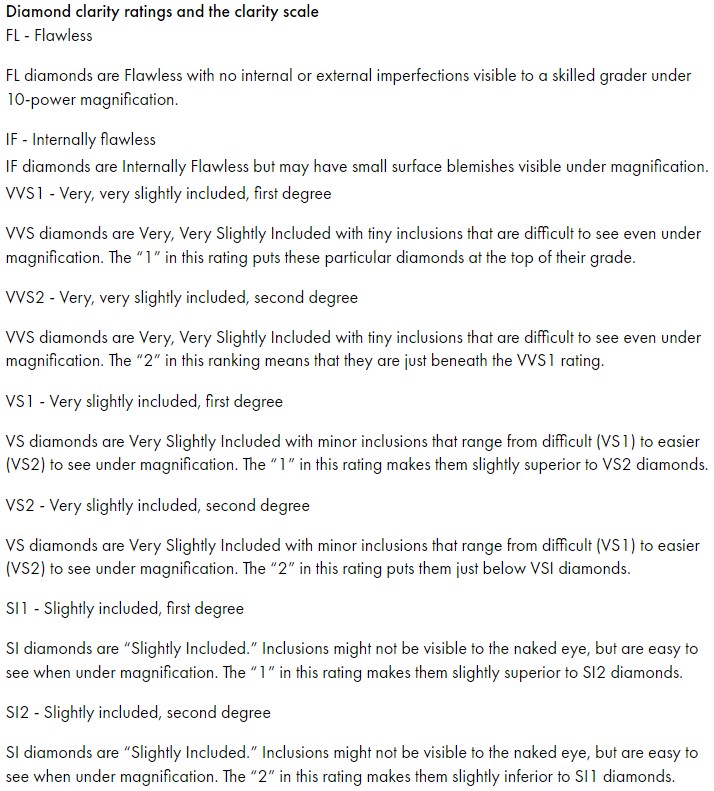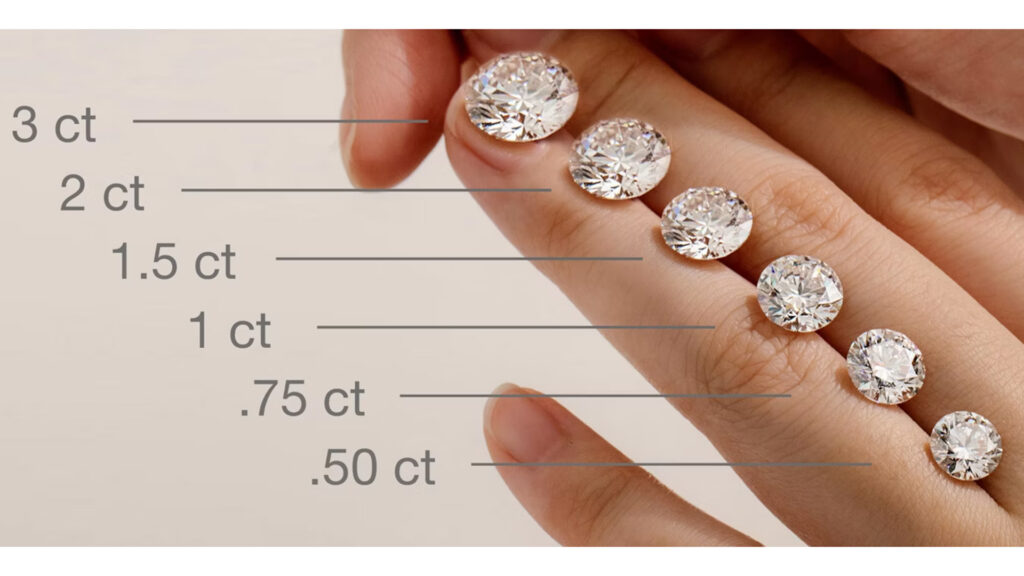Your Guide to Diamonds: Understanding the Four Cs
Diamonds are often considered the ultimate symbol of love, luxury, and elegance. Whether you’re shopping for an engagement ring, a special gift, or an investment piece, understanding the quality and value of diamonds is essential. The key to making an informed decision when buying a diamond lies in the Four Cs: Cut, Color, Clarity, and Carat. Here’s a breakdown to help guide you through the diamond-buying process.
1. Cut
The cut of a diamond doesn’t refer to its shape (such as round, oval, or princess) but rather how well it has been crafted to interact with light. A well-cut diamond reflects light beautifully, resulting in that signature sparkle and brilliance that diamonds are known for. Cuts are graded from Excellent to Poor. An excellent cut maximizes the diamond’s brilliance, while a poor cut can make even a high-quality diamond appear dull. Among the Four Cs, cut is often considered the most critical factor in a diamond’s beauty.
2. Color
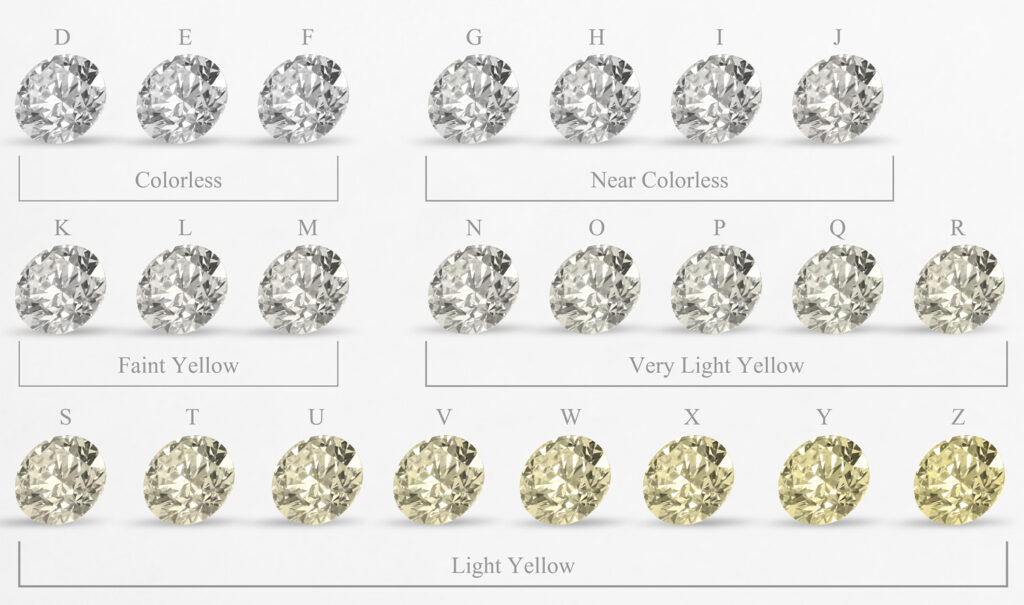
Diamonds are graded on a color scale that ranges from D (completely colorless) to Z (noticeable yellow or brown tint). Colorless diamonds, graded D to F, are the most sought-after and rarest, as they allow the most light to pass through, creating an exceptional sparkle. However, slightly lower color grades (G to J) may still appear colorless to the naked eye, offering a more budget-friendly option without compromising beauty. The less color a diamond has, the higher its value.
3. Clarity
Clarity refers to the presence of internal flaws (inclusions) or external blemishes on a diamond. These imperfections are usually not visible to the naked eye but can affect the overall brilliance and value of the stone.
Clarity is graded on a scale from Flawless (F) to Included (I). Flawless diamonds are extremely rare and expensive, but most diamonds fall into the range of Very Slightly Included (VS1 and VS2) or Slightly Included (SI1 and SI2), where inclusions are still minimal and not noticeable without magnification. When choosing clarity, it’s essential to balance beauty with budget since minor inclusions often don’t detract from the diamond’s appearance.
4. Carat
Carat refers to the weight of the diamond. While many people associate carat size with the overall quality of a diamond, carat is simply a measurement of its weight. Larger diamonds are rarer, making them more expensive, but bigger isn’t always better. A smaller diamond with a high-quality cut, color, and clarity can outshine a larger one with lower ratings in those categories. When choosing carat size, consider your personal preference and budget, as well as the overall balance between the Four Cs.
Balancing the Four Cs
When selecting a diamond, it’s crucial to find a balance between the Four Cs that matches your priorities and budget. For instance, if sparkle and brilliance are most important to you, prioritize the cut. If size is your top consideration, you may opt for a slightly lower color or clarity grade to accommodate a larger carat size. Each diamond is unique, and the best one for you will depend on your personal preferences.
Conclusion
Buying a diamond is an investment in both emotion and value. By understanding the Four Cs—Cut, Color, Clarity, and Carat—you’ll be equipped to make a confident and informed decision. At S&J Jewelry PH, we offer a wide selection of high-quality diamonds that meet a range of preferences and budgets. Our expert team is here to guide you every step of the way, ensuring that you find the perfect diamond for any occasion.
